There’s a quiet monotony hiding beneath the glitter of dating apps. Open any of them — swipe left, swipe right, maybe a super like — and the ritual repeats. Over and over. Tap, wait, repeat.
This, friends, is what dating has become: a hyper-designed candy station — all flash, no nourishment.
The Problem with Swipe Culture in Dating Apps
When Tinder launched in 2012, it revolutionized digital dating. It made swiping intuitive, gamified love, and turned dating into something even a bored commuter could do with one hand. And it worked — for a while.
However, somewhere along the way, swiping became the dominant feature of dating platforms. UI/UX designers stopped innovating. Entrepreneurs stopped questioning. The act of “meeting someone” got reduced to milliseconds of thumb reflexes on photos barely larger than a passport stamp.
Every platform since has copied the same playbook:
Swipe first. Think later. Match rarely. Chat maybe. Meet... if the stars align.
When UI Stops Serving UX in Dating Apps
Swipe-based designs promise dopamine. But they rarely deliver depth. Here’s why:
- Volume over Value: A user might swipe 100 times a day but still feel emotionally empty.
- Superficial Sorting: Most apps prioritize face over substance. The entire interaction is reduced to a yes/no based on looks — a digital masquerade ball with worse lighting.
- Algorithmic Secrecy: Users don’t know how they’re matched or ranked. It’s a black box, not a bridge.
Worse, this UI/UX model swamps women with likes and buries average-looking men, creating behavioural bottlenecks and emotional burnout on both sides.
Match Fatigue and Emotional Inflation in Dating Apps
Let’s talk economics — behavioural economics.
When likes and matches become too easy, their value plummets. It’s like inflation, but for attention.
For women: too many matches lead to hyper-selectivity.
>For men: too few responses breed disillusionment.
>For both: trust in the platform erodes.
Eventually, no one is really looking for a partner. They’re just feeding the machine.
The Illusion of Choice
Swipe-heavy apps give the illusion of infinite choice, but what they really produce is decision paralysis and fragmented connection. You scroll through a thousand options, but nobody feels real.
There’s no shared space, no community context, no narrative thread. Just you, your thumb, and the void.
When Everyone Uses the Same Blueprint
This monoculture in UI/UX isn’t just lazy — it’s harmful.
It assumes that dating is a binary activity (swipe/ignore), that humans are predictable filters, and that love can be gamified into a series of shallow interactions.
In reality, dating is:
- Layered
- Messy
- Full of nuance and surprises
- Often driven by emotional signals, not profile stats
No number of right swipes can simulate a real moment of emotional resonance.
What We Actually Need
To evolve beyond the swipe trap, platforms need to stop chasing UX minimalism and start building contexts. That means:
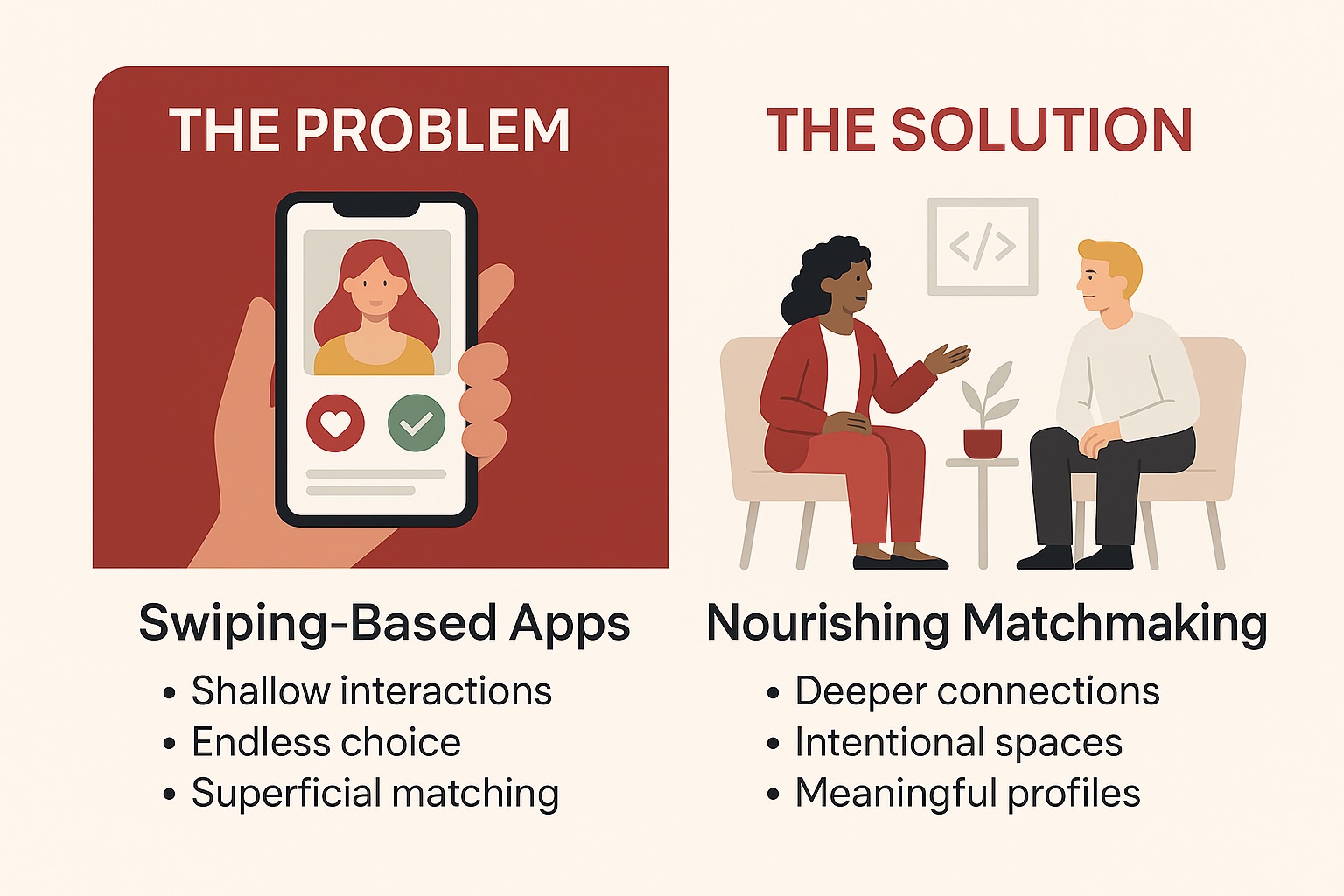
- Deeper Profiling Tools: Archetypes, life intentions, love languages — real indicators of compatibility.
- Transparent Algorithms: Let users understand how connections are made.
- Multi-dimensional Feeds: Blending social networking with dating to allow serendipity.
- Reputation-Based Matching: Earn trust before demanding time.
Imagine a Dating App That Feels Like a Dinner Party
What if dating platforms worked more like social spaces? Not just vending machines of strangers — but thoughtful circles of intentional people.
Where:
- Group admins could curate emotional safety.
- Profiles showed your values, not just your vacation photos.
- Likes cost tokens — a signal of effort, not just impulse.
- You didn’t get kicked off the screen because of one wrong swipe.
That kind of UI/UX isn’t just possible — it’s overdue.
Final Thought: Beyond the Swipe, Towards the Signal
The monoculture of swiping is what happens when product design is driven by addiction, not connection. We don’t need more candy. We need calories — emotional ones.
It’s time to retire the dopamine arcade and design spaces that nourish matchmaking — not drain it.
Love isn’t fast food. It deserves better architecture.
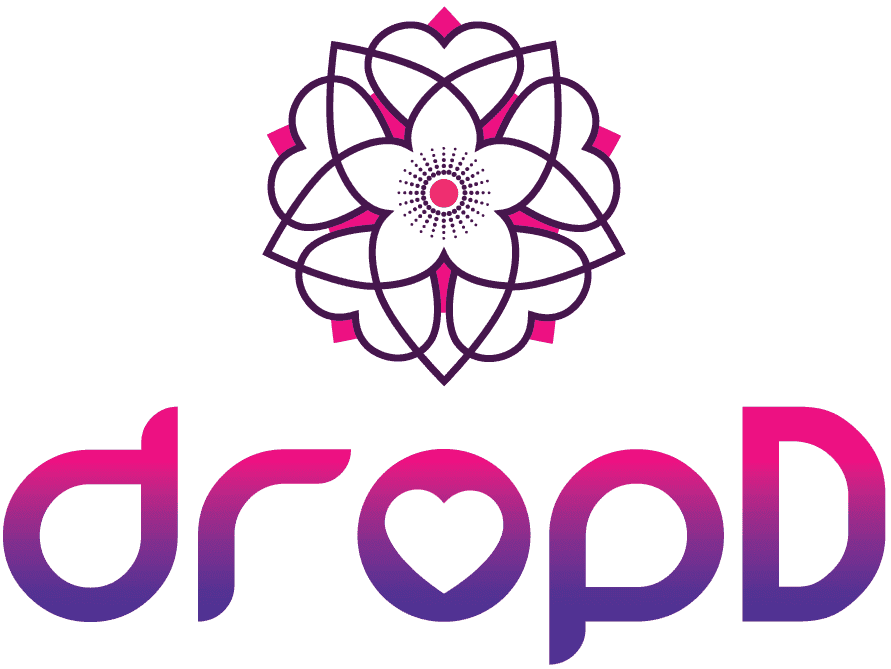
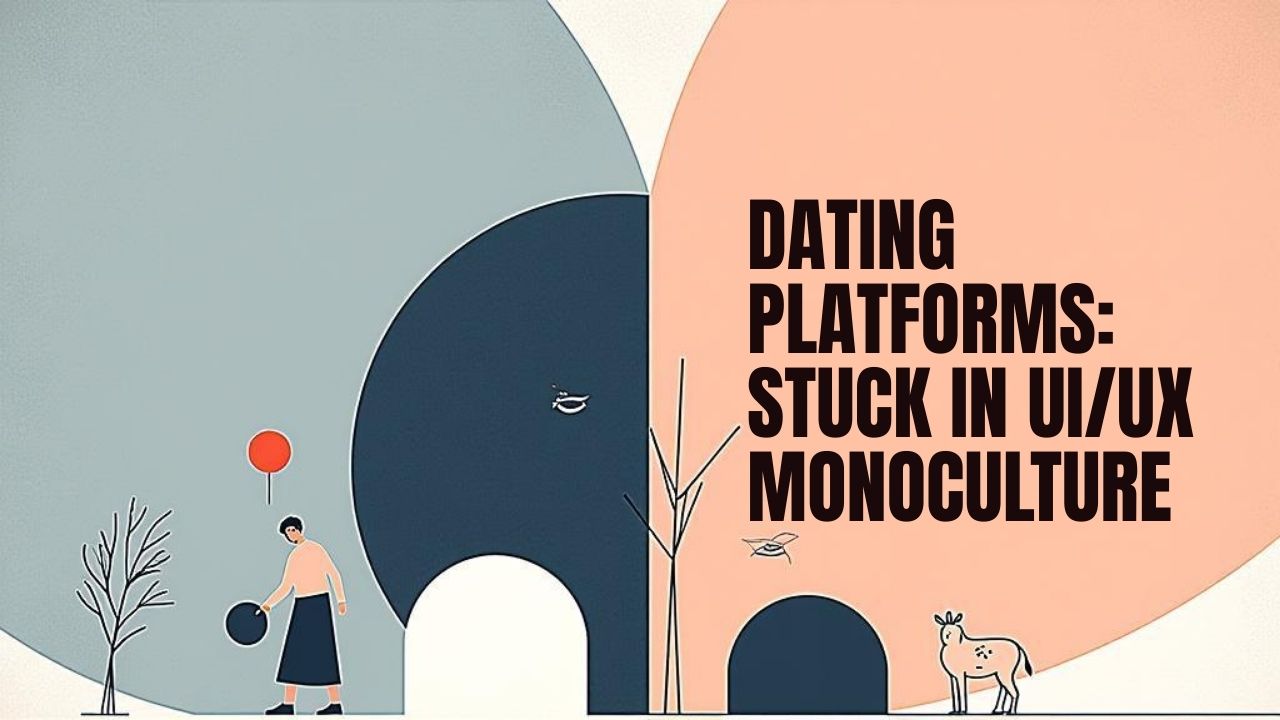
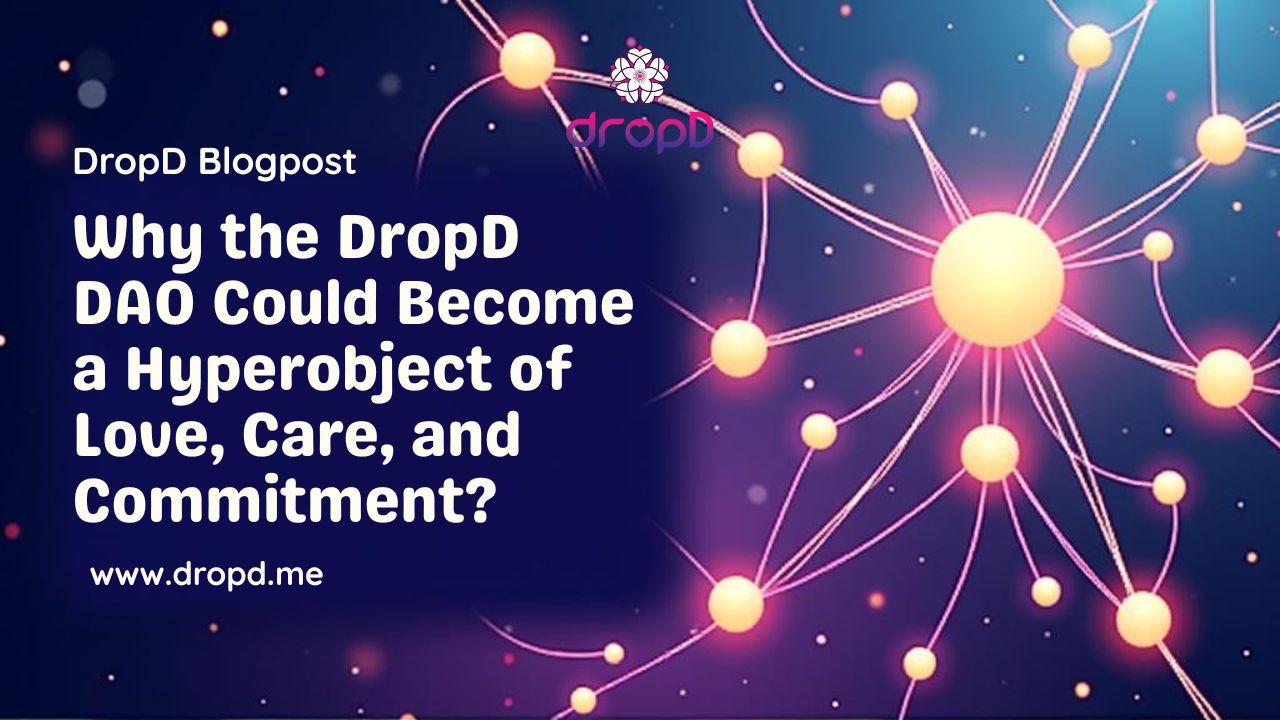
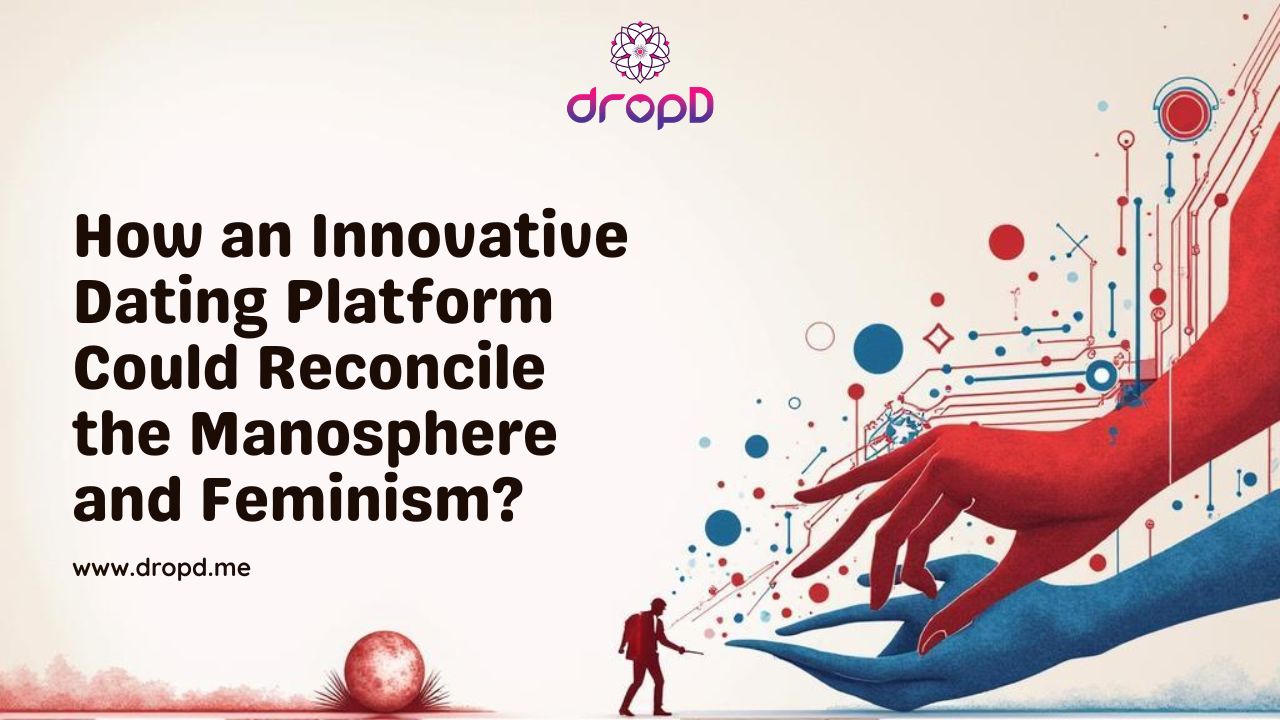
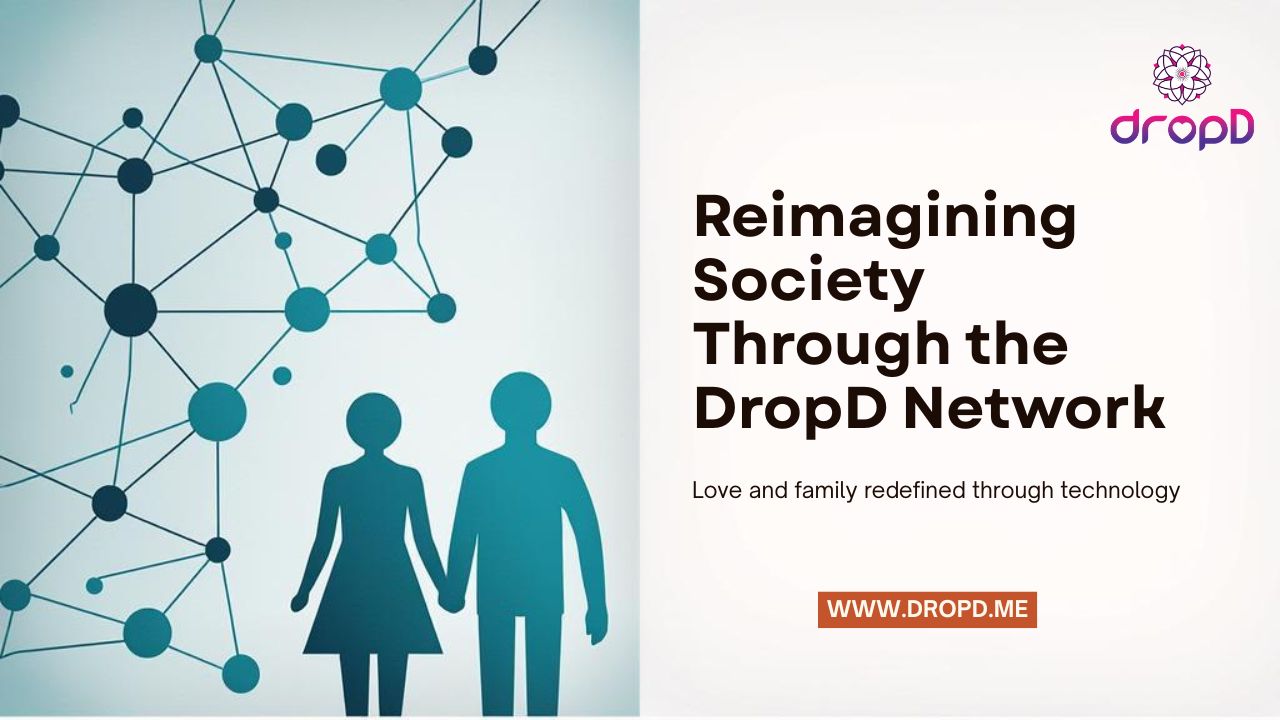
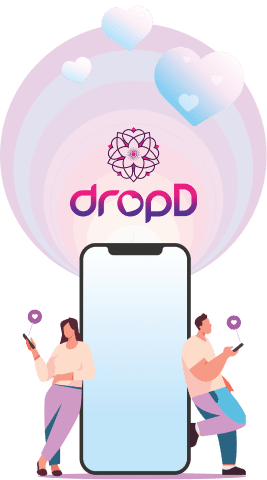
Leave A Comment